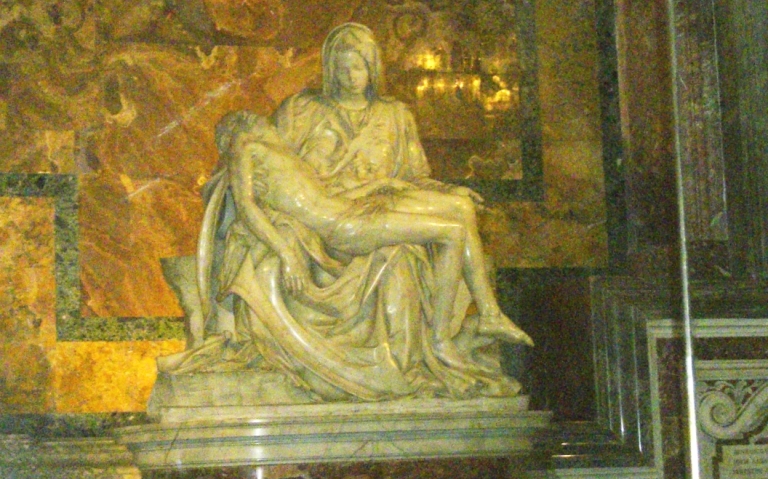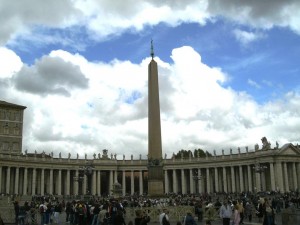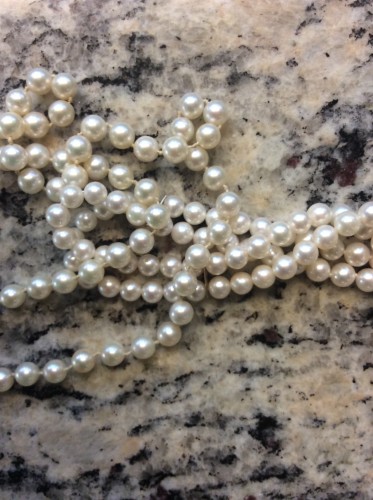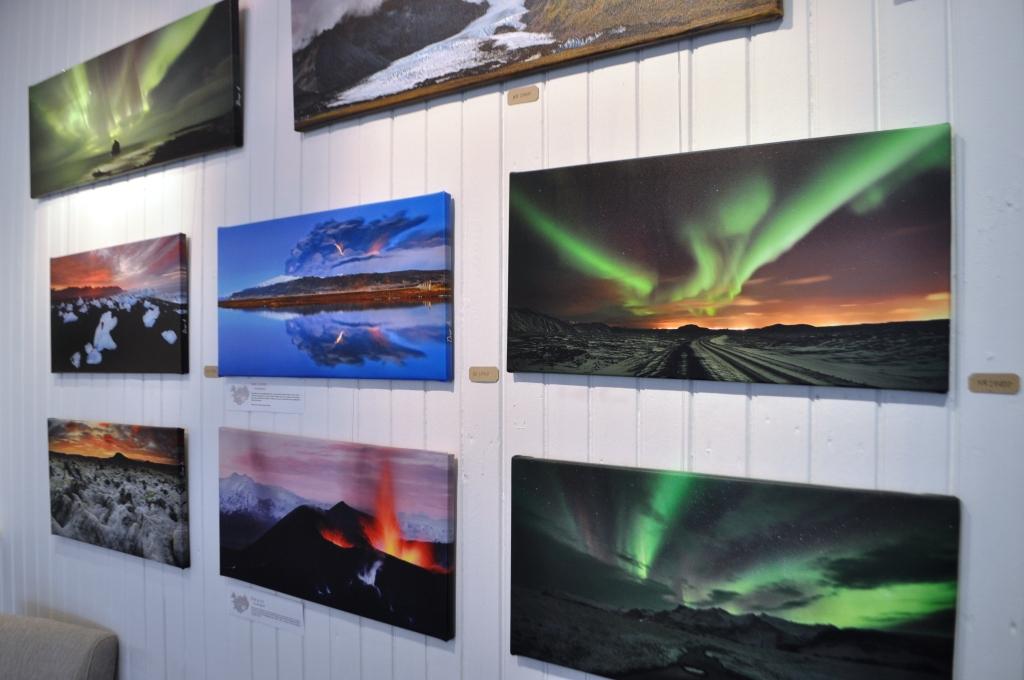Michael’s shtick is designed to make us feel smart. We are smart to be on his tour, smart to ask the questions we pose. Most other tourists don’t notice that, he insists, as we gape at the trompe l’oiel on the ceiling of the Vatican’s Hall of Tapestries, or point to the missing bits of fresco resulting from when Napoleonic troops used the outside of the Sistine Chapel for cannonball target practice.
Part of me warms to Michael’s spiel, and congratulates myself on my supposedly keen eye. Another part of me – the part that has haggled with street vendors in Kathmandu and negotiated taxi fairs in Nairobi — niggles that my questions aren’t so very unique, my observations not much more than a cliche. But Michael is polished and personable, and more importantly, he is pointing to things I never would have noticed had I tried to navigate my own way through the Vatican Museum’s seven kilometers of statues, tapestries, bathtubs, busts, frescoes, and paintings. In short, he is a good guide.
In Your Bucket Because…
- It’s the Vatican, and you want to know what you’re looking at.
- You want to be sure not to miss the must-see stuff, but you have no ideas how you’d find it.
- Good for art and history lovers; a must-see for pilgrims and Christians.
Finding a Guide
Michael is one of an army of unlicensed freelance guides plying their trade around the Vatican, where unofficial guiding is permitted. I’d met him standing on line to get into St. Peter’s Basilica. A woman was working the line, calling out “free English tours!” I have this bad habit of liking to tour independently, and hence, missing half the things I’m supposed to be seeing. But if anything is going to overwhelm you, it’s going to be the Vatican: I had a feeling that I should accept the woman’s too-good-to-be-true offer, which is how I met Michael, a 30-something American expatriate who is married to an Italian and ekes out a living in the shadow of the Vatican.
We were a smallish group, and Michael shepherded us through St. Peters, to the Pieta, of course — hiding now behind her protective window — but also to lesser known (to me, at least) masterpieces tucked in nooks and crannies. We heard the story of St. Peter, crucified upside down, and the evidence that suggests his remains were found here. We visited the sarcophagi of the popes; John Paul II’s festooned with flowers.
Touring the Vatican
The question on everyone’s mind, though, was how to we get to the Vatican and the Sistine Chapel, and this is where Michael expertly hooked us in: He would direct us, of course, but he could also guide us, for $40 U.S.per person. This was an expert salesman at work: We’d already sampled the product, and it was a good one. But more than that was the issue of overwhelming confusion: With four miles of corridors stuffed with countless treasures ahead of us, the decision to follow someone who knew where he was going was a snap.
Lines to the Vatican can be long, but we were lucky: We only waited about half an hour. Still, the throngs inside were enough to make you wonder what it could be like on a busy day, if this was a light one.
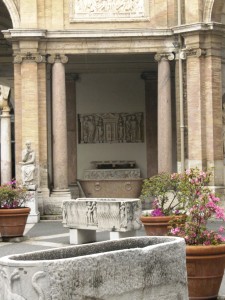
And this is the thing about the Vatican: It’s overwhelming. The treasures of centuries are here, vows of poverty notwithstanding. You cannot make sense of the weight of the Vatican as a newcomer; all you can do is stare in confusion, flip through guidebook pages, and wander until something else catches your eye. Everything has a story, but you don’t know what it is. Everything has a secret, but the stones and canvases stay silent.
Michael had an itinerary planned, and he knew how to navigate the corridors, which rooms to see and which to leave for next time. Each guide’s focus is a little different; that’s part of the luck of the draw. We were lucky. Other people tried to listen in on the tour, but he put the kabosh on that, politely but firmly.
Vatican Highlights
At one point, in the Hall of Tapestries, he told us to look up, not at the tapestries, but at the ceiling.
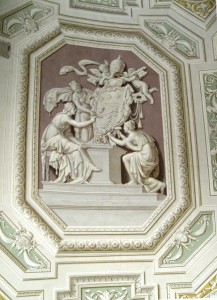
“What I’m going to point to you next will be worth the price of the tour,” he announced. My eyes followed his gesture to a ceiling filled with carefully carved three-dimensional sculptures, only what I was looking at wasn’t carved, and it wasn’t three dimensional. It was trompe l’oiel — some of the finest examples in the world. It’s one of my favorite painting techniques: like a child in front of a magician, all I can do is try to figure out just how my eyes can be tricked so completely by something in plain sight.
Our tour ended at the Sistine Chapel. Michael stopped us in a corner before we went in to give a brief introduction. For most of us, images from the Sistine Chapel were already in our heads, although not as firmly as we all like to think, and not attached to as many stories as a good guide can share. He reviewed some of the history of the chapel: the rivalries and trickeries that led to Michelangelo’s greatest achievement, and pointed out some of the features we should be looking for, including Michelangelo’s self portrait, and some more trompe l’oiel. Then we set off for this last phase of our tour on our own, free to wander, and simply to look.
We joined the hordes of other tourists, some looking confused and overwhelmed. What lay in plain sight for us was unseen to them. What is essential can be invisible to the overwhelmed, overstimulated, and unfocused eye.
Practicalities
- Vatican tours can be booked through most hotels and tour companies.
- Freelance tours are cheaper, but you get the luck of the draw, and there may not be one available.
- It’s worth looking through a guidebook before you go to highlight a few things you want to see. Don’t worry about the Sistine Chapel and the Pieta: They are on everyone’s list.
- If you’re a serious art lover, use the tour to get your bearings, then come back on your own.
Republished and facts updated in 2020.
